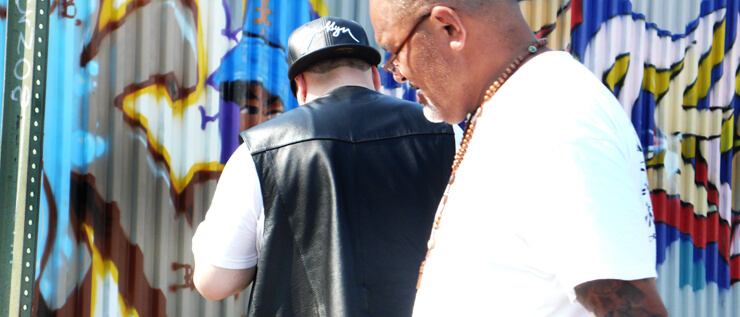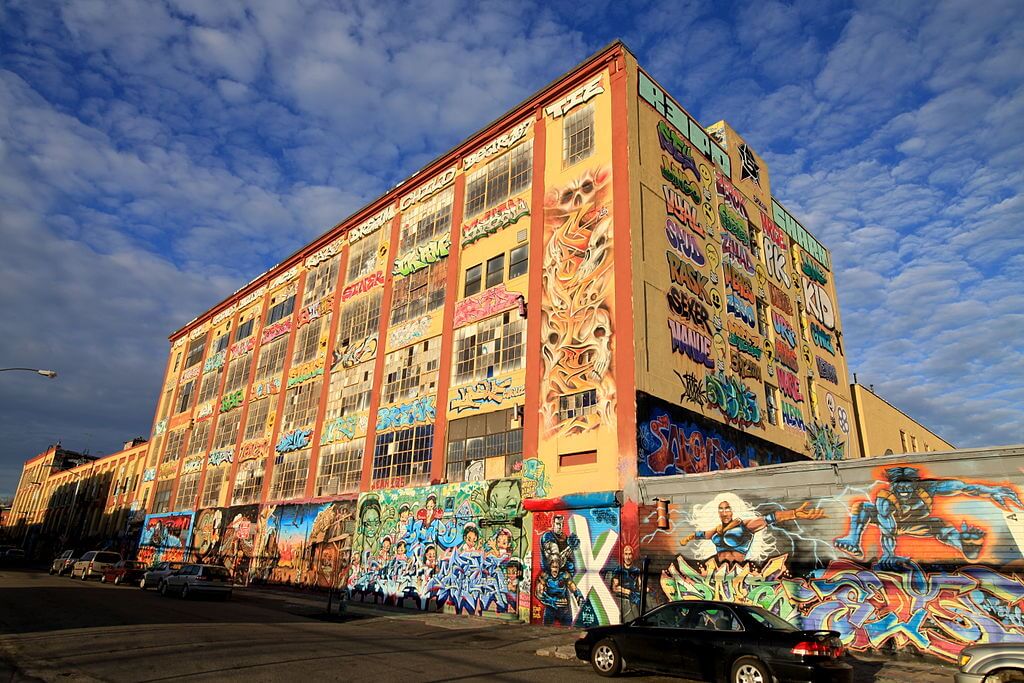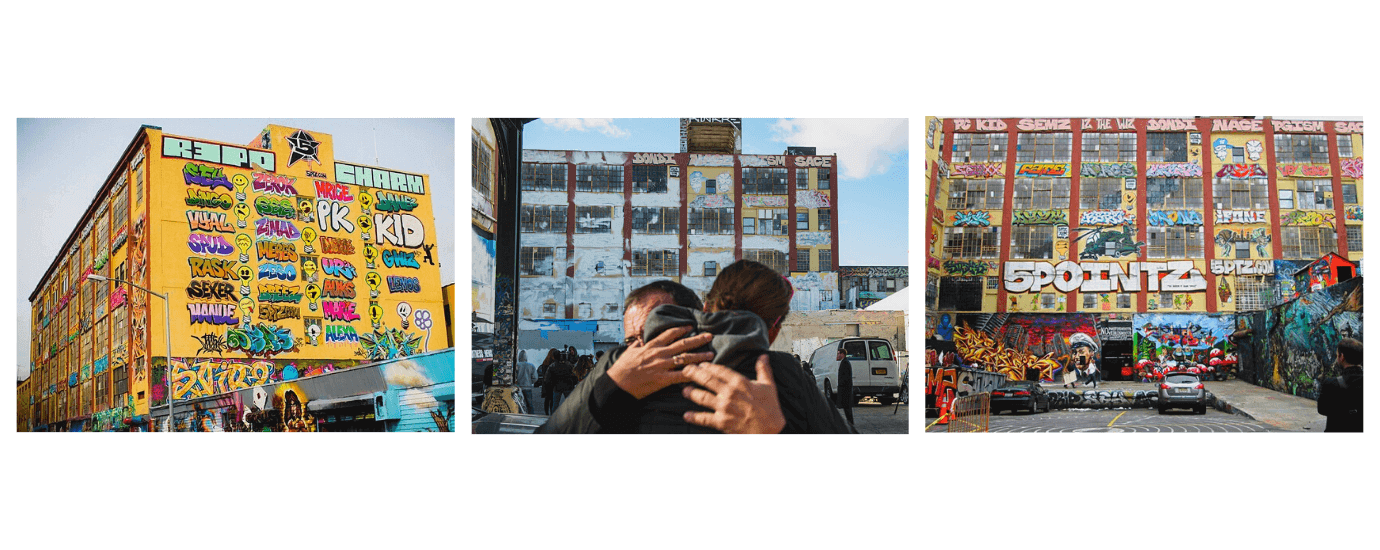WELCOME TO GRAPHILLY
Philadelphia, 1960s
A certain Cornbread submerges the walls of Philly's signature to attract the attention of a young woman.
Failing to attract the attention of her contender, he quickly aroused the interest of the local press, which, instead of being critical, challenges him: to claw her signature in places as impossible as the other.
Considered still today as one of the main foundations of street art, Cornbread lets himself take the game and even goes so far as to pose his blaze on the private jet of the Jackson 5.
This Media coverage will put the urban scene of Philadelphia in boiling and initiate vocations throughout the city.
The graffiti-vandal method that boasts both degradation and forbidding is now popular.
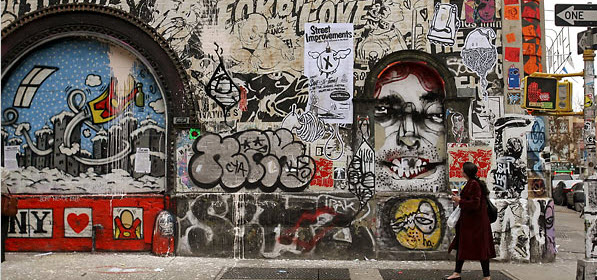
While the received wisdom made New York as the cradle of modern graffiti, the Big Apple took hold of the small paint bomb in the 1970s.
At that time, railway transport exploded and the number of trains between Philly and NY multiply.
For the graffiti community, train and subway cars are the right plan for getting messages and measuring themselves.
Philadelphia then challenged New York through this, and New York responded.
The cultivation of wild graffiti then explodes in the Bronx, Brooklyn or Queens.
In parallel, other triggers initiate the movement. Maga Danysz, a street art gallery owner, said:
"In the sixties, the transformation of American society is profound: in addition to the development of the metro, there is the architecture of cities that are changing: concrete and walls have invaded the landscape, which has become dull and banal, and, at the same time, the first commercialization of paint bombs, and social changes are very strong: suburbs are appearing, advertising is becoming more and more invasive and aggressive.”
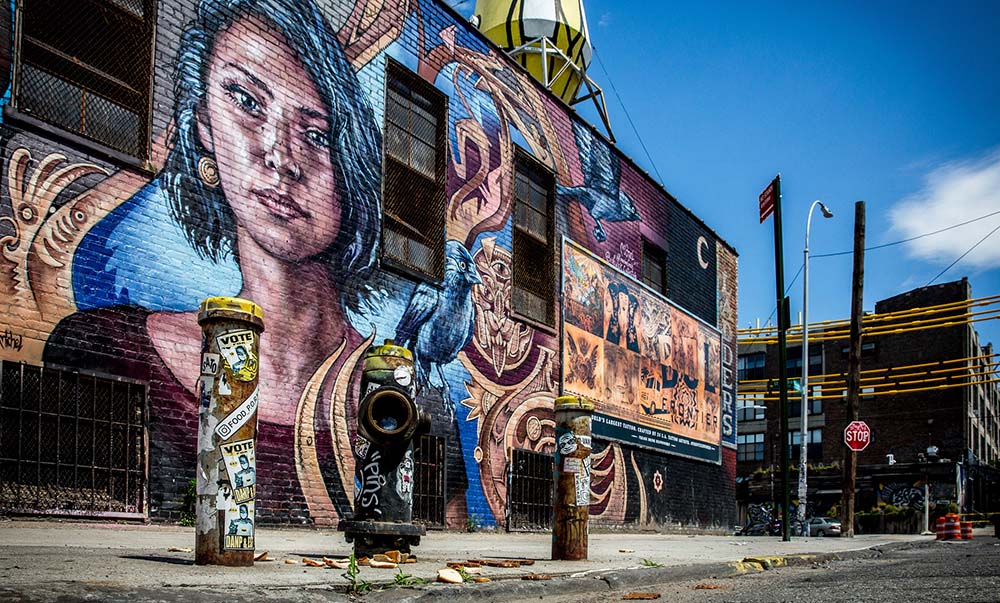
Then in full effervescence, the New York urban scene sweats through all its pores.
Graffiti, tags, frescos but also dance, hip-hop and rap symbolize the artistic insurrection of that time.
Maga Danysz continues:
"In the 1980s, graffiti was inspired by all the other subcultures or countercultures that surrounded it: comics, tattoos, cinema, music. Phase 2 is a legend of graffiti but also a renowned DJ from the hip-hop community, bringing together music, dance, DJ and graffiti, so Graffiti and rap have grown together, like two brothers."
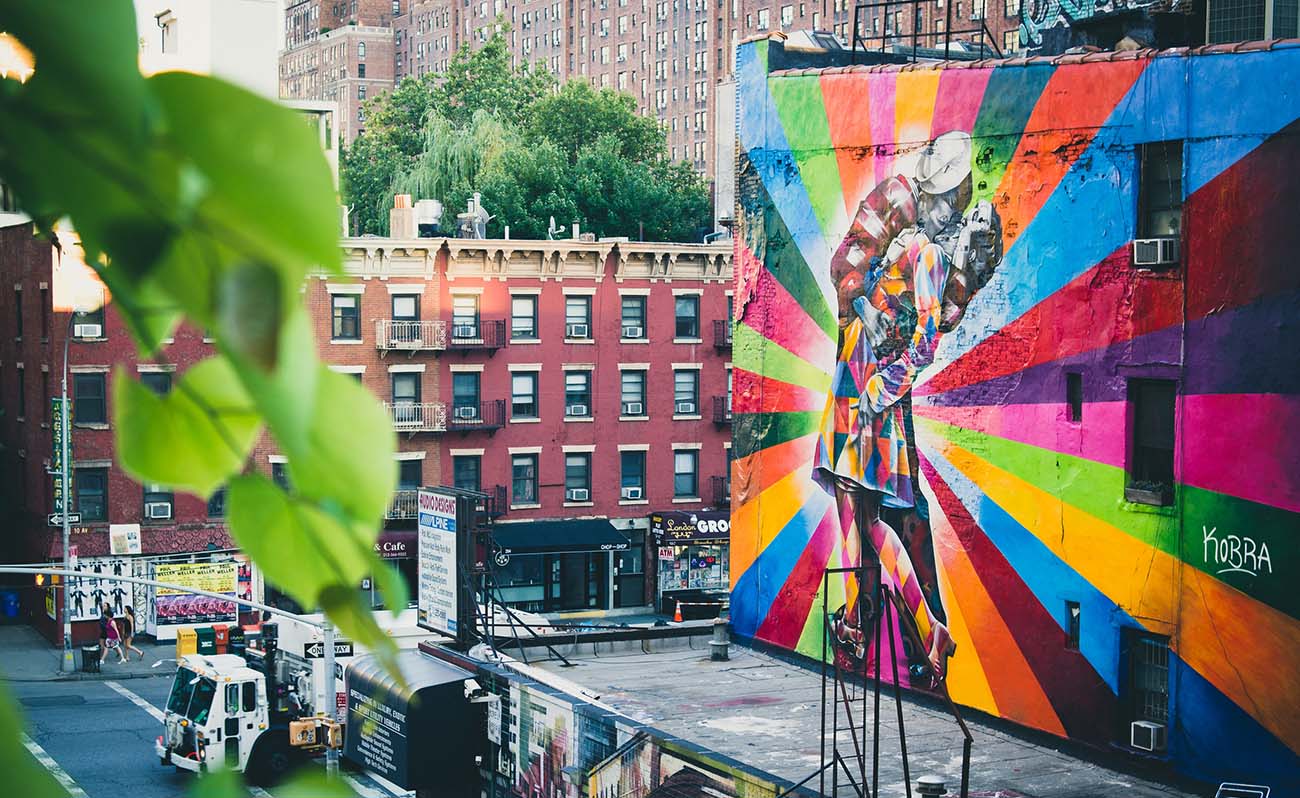
The subversive nature of the graffiti, the messages it carries, often political, aggressive, visual and committed, its illegal aspect gives rise to a gigantic game of cat and mouse between those who color the streets and the authorities.
So much so that, in the early 1990s, an anonymous plumber in New York will embark on a vain struggle against this vandalism that is damaging the walls and unknowingly found a space that will become graffiti Mecca a few years later.


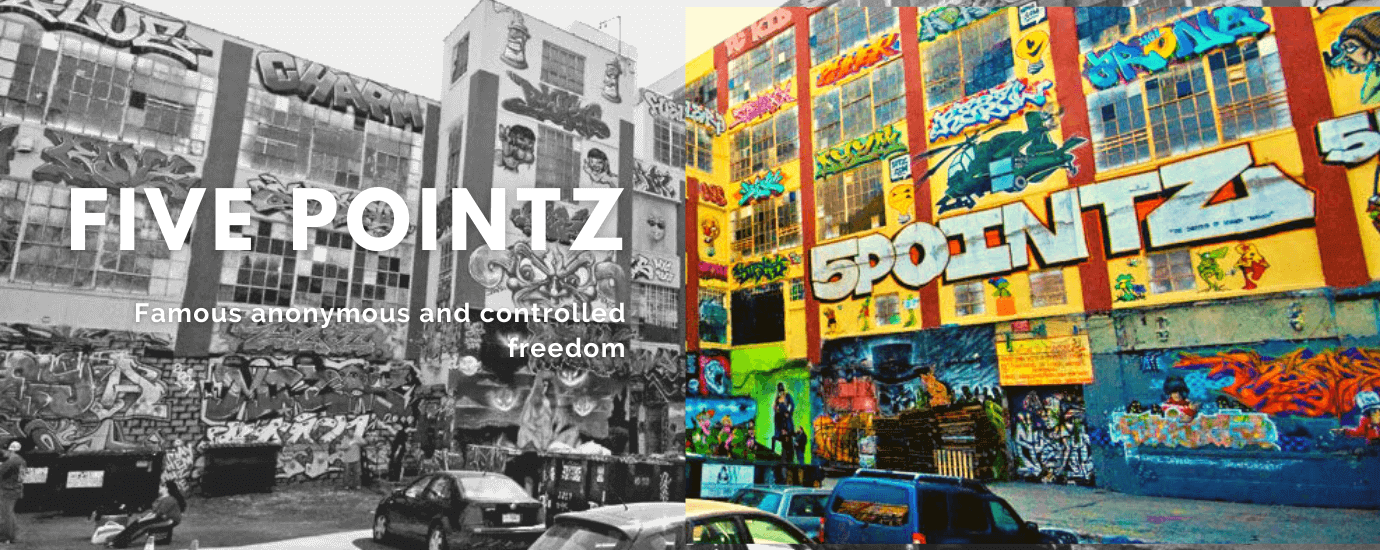
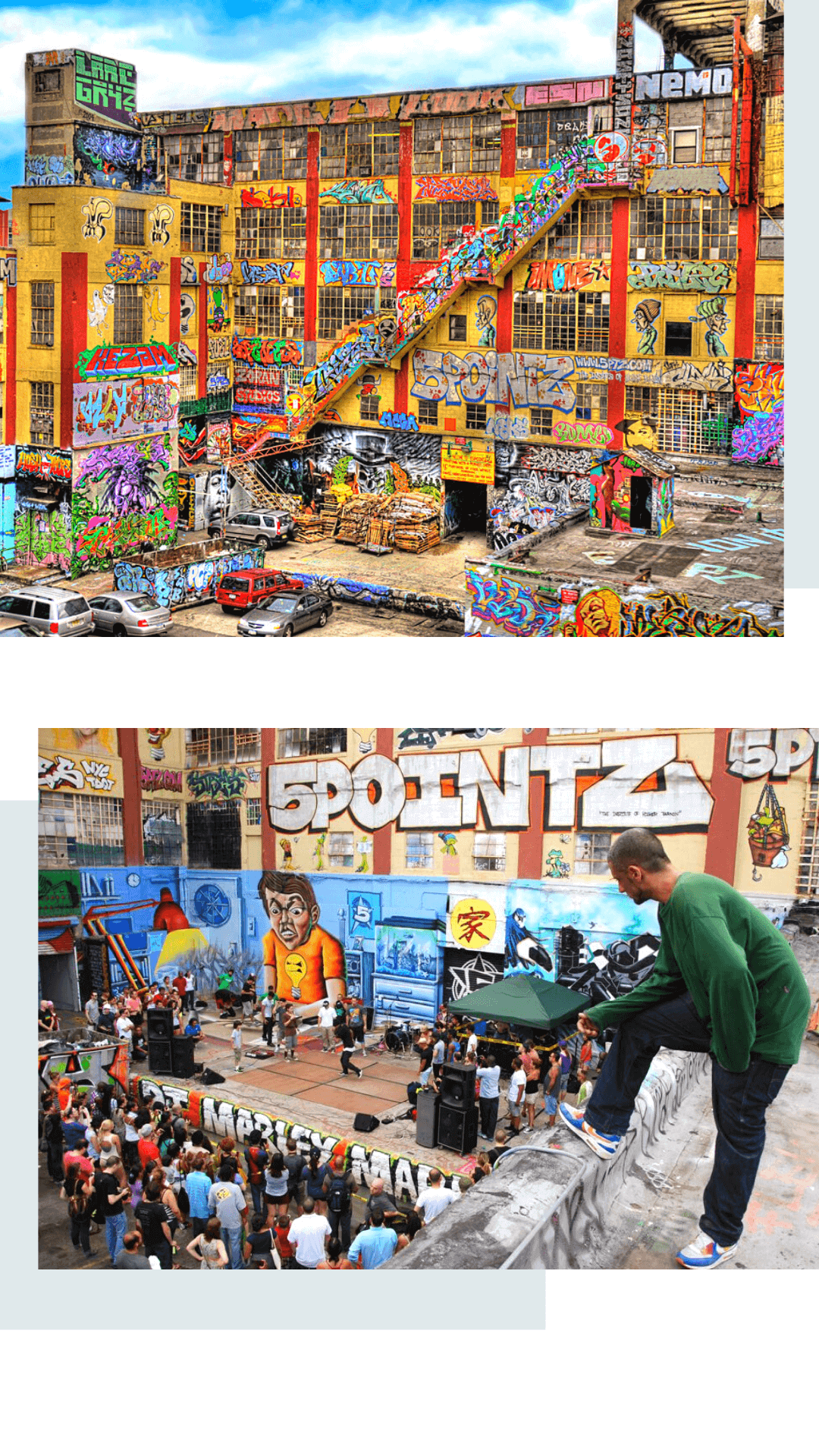
21.png)



